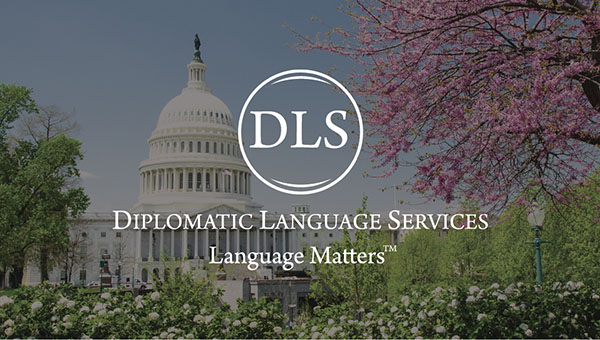Machine translation (MT) systems like Google Translate and DeepL have become increasingly prevalent in global communication in an era dominated by technological advancements. While these tools offer speed and accessibility, they cannot yet replace human translators’ nuanced understanding and cultural competence. This white paper explores the critical differences between human and machine translations, highlighting why human expertise remains indispensable for effective language communication.
Understanding the Limitations of Machine Translation
Machine translation, powered by artificial intelligence and machine learning algorithms, excels in quickly processing large volumes of text. However, it has inherent limitations:
- Contextual Understanding: MT often struggles with context and subtlety. It may provide literal translations without capturing the intended meaning, especially in texts involving idioms, metaphors, or cultural references.
- Lack of Cultural Sensitivity: Machines lack an understanding of cultural nuances that can be crucial in translation, particularly for content related to marketing, legal matters, or literature.
- Quality and Reliability Issues: While MT has improved, it can still produce errors in grammar, syntax, and style that may not meet professional standards, particularly in specialized or technical fields.
Advantages of Human Translators
Human translators bring several key advantages that machines cannot replicate:
- Cultural Competence: Humans can interpret and translate texts while maintaining cultural appropriateness, ensuring that translations are accurate and resonate with the target audience.
- Contextual Accuracy: Professional translators use their understanding of the context to choose the most appropriate words and phrases, preserving the original’s tone, style, and intent.
- Specialized Expertise: Human translators often specialize in specific fields, such as law, medicine, or technology, where precision and domain knowledge are crucial.
Complementary Uses of Human and Machine Translation
In many scenarios, the best approach combines the strengths of both human and machine translation:
- Initial Drafts: Machine translation can quickly produce a rough draft, which human translators can refine to ensure accuracy and appropriateness.
- High-Volume Projects: For large-scale projects with tight deadlines, MT can process the bulk of the content, with humans focusing on editing and quality assurance.
The Future of Translation
The future of translation is not about choosing between humans and machines but leveraging both to achieve the best results. As MT technology evolves, the role of human translators will shift towards more specialized tasks, including cultural localization, editing, and quality control.
Despite the advances in machine translation technology, the need for human translators remains significant. Their ability to understand and convey nuances, cultural contexts, and specialized content ensures that translation fulfills its fundamental purpose: to bridge communication gaps effectively and sensitively. For organizations aiming to communicate across cultural and linguistic barriers, investing in human translation is not merely a choice; it’s a necessity.




